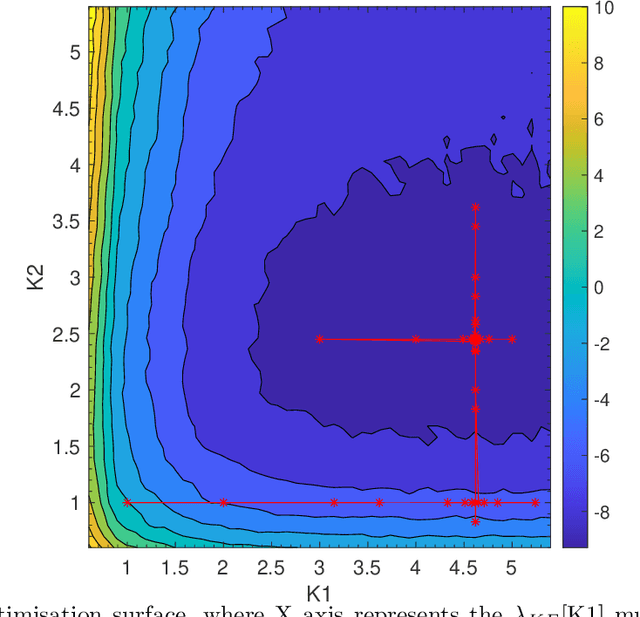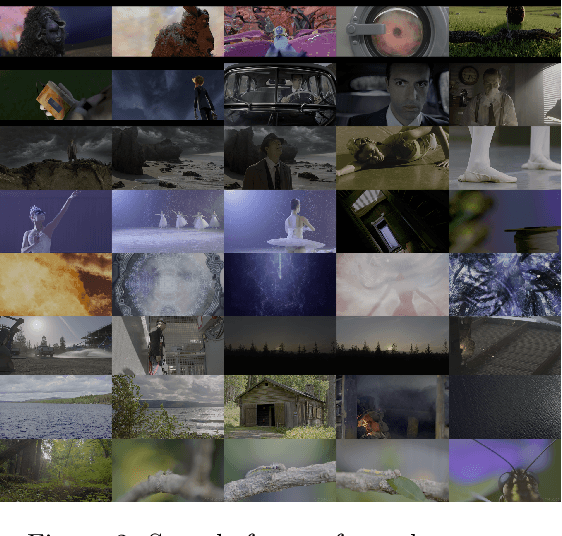Jessie Lin
Direct Optimisation of $\boldsymbolλ$ for HDR Content Adaptive Transcoding in AV1
Aug 23, 2022



Abstract:Since the adoption of VP9 by Netflix in 2016, royalty-free coding standards continued to gain prominence through the activities of the AOMedia consortium. AV1, the latest open source standard, is now widely supported. In the early years after standardisation, HDR video tends to be under served in open source encoders for a variety of reasons including the relatively small amount of true HDR content being broadcast and the challenges in RD optimisation with that material. AV1 codec optimisation has been ongoing since 2020 including consideration of the computational load. In this paper, we explore the idea of direct optimisation of the Lagrangian $\lambda$ parameter used in the rate control of the encoders to estimate the optimal Rate-Distortion trade-off achievable for a High Dynamic Range signalled video clip. We show that by adjusting the Lagrange multiplier in the RD optimisation process on a frame-hierarchy basis, we are able to increase the Bjontegaard difference rate gains by more than 3.98$\times$ on average without visually affecting the quality.
Adaptive Debanding Filter
Sep 22, 2020



Abstract:Banding artifacts, which manifest as staircase-like color bands on pictures or video frames, is a common distortion caused by compression of low-textured smooth regions. These false contours can be very noticeable even on high-quality videos, especially when displayed on high-definition screens. Yet, relatively little attention has been applied to this problem. Here we consider banding artifact removal as a visual enhancement problem, and accordingly, we solve it by applying a form of content-adaptive smoothing filtering followed by dithered quantization, as a post-processing module. The proposed debanding filter is able to adaptively smooth banded regions while preserving image edges and details, yielding perceptually enhanced gradient rendering with limited bit-depths. Experimental results show that our proposed debanding filter outperforms state-of-the-art false contour removing algorithms both visually and quantitatively.
BBAND Index: A No-Reference Banding Artifact Predictor
Feb 27, 2020



Abstract:Banding artifact, or false contouring, is a common video compression impairment that tends to appear on large flat regions in encoded videos. These staircase-shaped color bands can be very noticeable in high-definition videos. Here we study this artifact, and propose a new distortion-specific no-reference video quality model for predicting banding artifacts, called the Blind BANding Detector (BBAND index). BBAND is inspired by human visual models. The proposed detector can generate a pixel-wise banding visibility map and output a banding severity score at both the frame and video levels. Experimental results show that our proposed method outperforms state-of-the-art banding detection algorithms and delivers better consistency with subjective evaluations.
 Add to Chrome
Add to Chrome Add to Firefox
Add to Firefox Add to Edge
Add to Edge